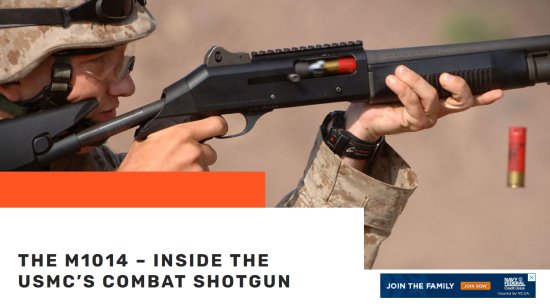
Combat Stories from Marine Snipers in Iraq
280 pages. 16 pages of black-and-white photos. Acknowledgments.
This is a book – written by a former Marine sniper, recipient of the Purple Heart – about Marine snipers operating in Iraq in the 2003-2005 period.
The first chapter - Way of the HOG - explains the basics about snipers in the Marines: An infantryman has to pass through a grueling indoc in order to qualify. During that time, he is a SLUG (Slow, Lazy, Untrained Gunman); if he passes, he becomes a PIG (Professionally Instructed Gunman) and joins a sniper/scout platoon. Then, if he passes scout/sniper school, he becomes a HOG (Hunter of Gunmen). It is not enough for a Marine sniper to be 'a good shot'; he needs to have the endurance to be able to stay in position for extended periods of time, and he needs the character and intelligence to use his weapon and select his targets wisely and responsibly.
The next twelve chapters each profiles a single Marine sniper (identified by first name and last initial) and his war experiences:
- Ambush in Ramadi (Sergeant Romeo)
- East Side of Hit (Sergeant Clifton)
- Airfield in Baghdad (Corporal Mulder)
- April in Fallujah (Lance Corporal Cody)
- April in Fallujah II (Corporal Ethan)
- Seminole on the Roof (Sergeant Reyes)
- Recon Sniper (Sergeant Jack)
- November in Fallujah (Sergeant Memo)
- Bad Comm (Sergeant Longoria)
- Hunting in Husaybah (Sergeant May)
- Operator's Journey (Sergeant CJ)
- The Last Mission (Sergeant Afong)
At the end of the book, an epilogue tells what has happened to the selected snipers since the fighting.
The snipers vary from relatively inexperienced to Marines who reenlisted after 9/11. Most were looking for something more than just being an infantryman. Some wanted to 'strike back' in the War on Terror, while others took pride in saving Marine lives (for example, by taking out RPG-armed insurgents before they could get in range of Marine infantry).
As you might expect, several of the stories involve snipers taking a concealed position and making exceptional shots to eliminate enemies. However, other stories describe snipers dealing with insurgent assaults on their positions, acting in direct support of ground operations, or actively going into a city to find and eliminate insurgent snipers or mortars attacking a Marine base.
The stories have a ring of honesty. The missions sometimes involve screw-ups, friendly fire, guilt over missed shots, uncertainty over results, wounded and killed comrades, changing rules of engagement, and finding out that the insurgent you just shot was only 14 years old.
The descriptions are sometimes graphic, since snipers (and spotters) uniquely have the optics to often be able to see the results of each shot. Damage is described, and enemy deaths are detailed. This is not a book for the squeamish.
There is a lot of information about weapons and tactics. Snipers have access to a wide variety of weapons, but not every weapon is always available, and depending on how the snipers are traveling, loads can be limited. Night vision equipment was limited. Sniper-quality ammunition sometimes ran out.
The author also explains how tactics evolved in the urban desert environment. Snipers learned that they didn't have to relocate as often, as enemies could not easily tell where the shots were coming from in a city. They learned the subtle hints to look for when seeking a target. There are ethical questions about when to fire a warning shot, whether to give a wounded insurgent a 'mercy shot', and whether it is appropriate to 'enjoy' hunting the enemy.
The book could have used a few maps, and appendices covering weapons and military organization would have been appreciated. Shouldn't 'marines' be capitalized? There is a slight overlap with one or two of the stories, but not much; some of the stories involve similar missions, but different situations and results.
Wargamers desiring to play a 'pure' sniper scenario would have to come up with their own rules as a solitaire game, I suspect. However, many of the encounters in this book describe snipers operating in support of a larger infantry operation, or snipers in skirmish-level close combat, both of which could easily inspire a tabletop scenario. The detailed stories will also inspire new terrain projects (such as fighting through a cemetery).
A very educational book, and quick to read. Recommended.
Reviewed by ![]() Editor in Chief Bill
Editor in Chief Bill ![]()
![]() .
.








